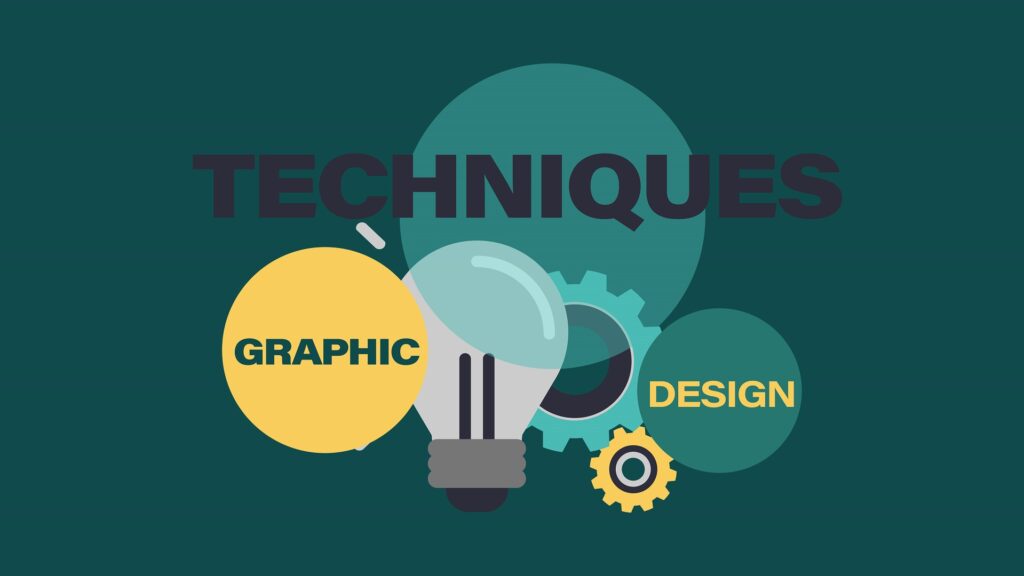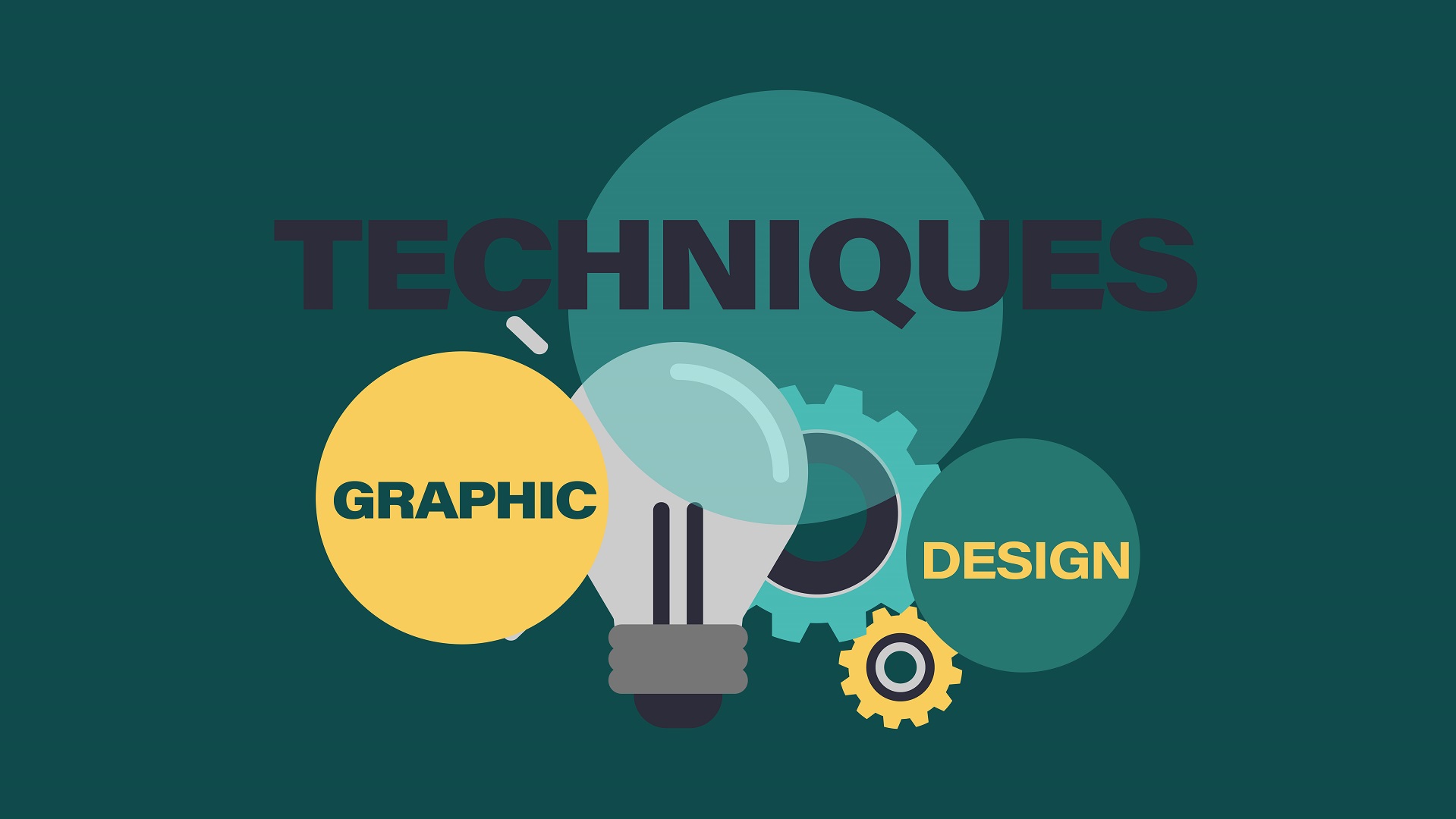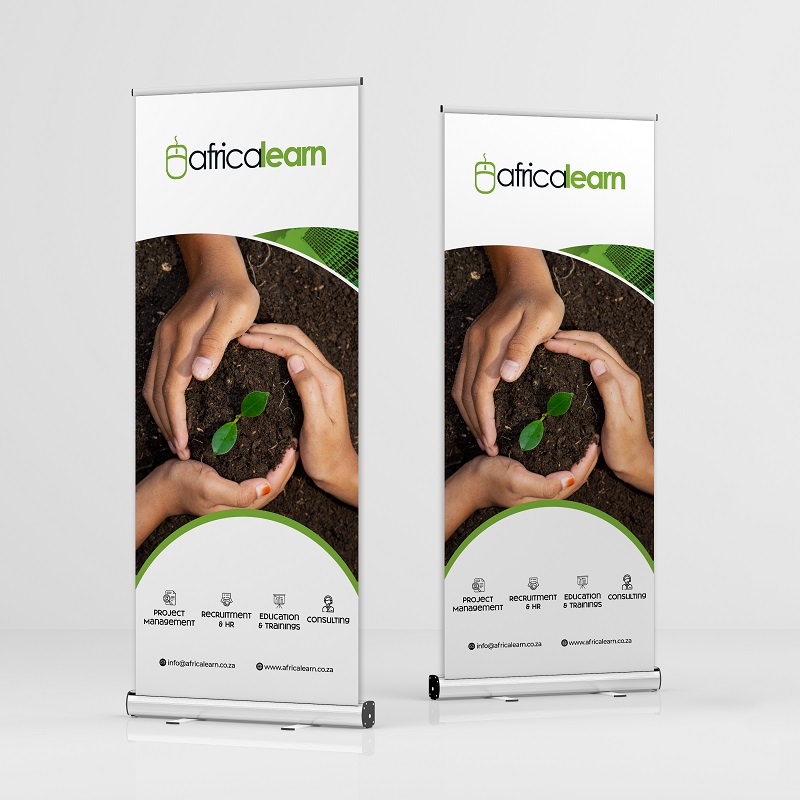Practical Skills and Techniques for Graphic Design Mastery
In graphic design, success is not just about artistic expression; it’s about mastering creative intuition and acquiring practical skills to transform ideas into captivating visuals. Practical Skills and Techniques for Graphic Design Mastery calls all designers, from seasoned veterans to new enthusiasts, to refine their craft and embark on a transformative journey. Focusing on practical skills, the introduction sets the tone for a roadmap toward achieving design mastery.
Table of Contents
The book reveals the invisible link between creativity and effectiveness, promising greater creative freedom to those who acquire essential skills. It positions graphic design as an art form where creativity and technique propel individuals toward achieving mastery in their craft.
It is an open invitation to a world where design is a lifelong exploration of learning, growth, and the continuous pursuit of one’s unique visual voice. The world of graphic design offers a canvas for self-expression and the creation of visual stories that leave a lasting imprint on the world.
Typography: Where Form Meets Function
As a graphic designer, you already know how typography can be a powerful force that combines form and function. It’s not just about choosing fonts but also about creating meaning and emotions with each stroke of a letterform. Typography is an art form that requires a careful pairing of fonts to avoid monotony and create a delightful tension that captures the viewer’s attention.
Visual hierarchy is also essential to ensure a good balance between font sizes, weights, and spacing. And let’s remember to use kerning and tracking to fine-tune the space between letters and words for that optimal visual balance.
But here’s the thing: typography is not just about the technicalities; it’s also a storytelling tool. Every font choice and arrangement of letters contributes to the narrative of a design and can convey a message beyond the literal. With proper typography, you can create a language that elevates graphic design to a whole new level.
So, remember that in the hands of a masterful designer, each letter becomes a brushstroke, and each composition becomes a canvas for a visual story waiting to captivate and resonate with its audience.
- Font Pairing: Select fonts like a sommelier chooses wine, considering weight, style, and personality for a delightful tension or risk monotony.
- Visual Hierarchy: Guide the reader’s eye like a conductor leading an orchestra, using font sizes, weights, and spacing to create a clear hierarchy.
- The Magic of Kerning and Tracking: Fine-tune the space between letters and words for optimal visual balance, preventing awkward gaps or cramped compositions.
Our newest arrivals
Composition: Crafting Compelling Visual Stories
Fundamental guide for designers aiming to create impactful and resonant visual narratives. This chapter underscores the significance of a strong composition as the bedrock of any design that seeks to leave a lasting impression. The analogy of arranging elements on the canvas akin to actors on a stage illuminates the idea that each element plays a vital role in telling a captivating story.
By introducing critical compositional pillars such as the Rule of Thirds, the Power of Visual Cues, and Embracing the Void, the chapter provides actionable insights for designers to elevate their work. It delves into guiding the viewer through intentional design choices, ensuring that the audience perceives the message in the intended order.
Embracing the power of negative space, the chapter reinforces that empty space is not an adversary but a potent ally, capable of adding breathing room, emphasising crucial elements, and infusing designs with a sense of elegance and sophistication. In essence, “Composition” emerges as an indispensable guide for designers, offering them the tools to craft visual stories that resonate, captivate, and stand the test of time. Engrave these compositional pillars in your mind:
- The Rule of Thirds: Place key elements at intersections for a visually pleasing composition, drawing the viewer into the heart of your design.
- The Power of Visual Cues: Guide your audience with arrows, lines, and colour contrast to ensure they perceive your message in the intended order.
- Embracing the Void: Empty space is a powerful ally, adding breathing room, emphasising crucial elements, and creating elegance.
Software Savvy: Your Digital Design Arsenal
This segment recognises the significance of industry-standard software and introduces crucial tools that designers require to navigate the intricacies of digital design with unparalleled efficiency. Adobe Photoshop reigns as the undisputed king, providing a platform for image editing, manipulation, and digital illustration that can breathe life into static visuals.
Meanwhile, Adobe Illustrator is the go-to software for creating scalable graphics, logos, and icons, with its vector-based platform enabling infinitely resizable visuals without sacrificing quality. The crown jewel, Adobe InDesign, takes centre stage in professional layouts and typesetting, granting designers precise control over every aspect, from text flow to image placement.
This chapter unveils these digital design tools as gateways to a broader spectrum of projects, propelling designers towards new levels of creativity and proficiency in the ever-evolving graphic design world. Therefore, consider these tools as your digital design arsenal.
- Adobe Photoshop: The king of image editing, manipulation, and digital illustration.
- Adobe Illustrator: Reigns supreme for scalable graphics, logos, and icons.
- Adobe InDesign: Takes the crown for professional layouts and typesetting.
Beyond the Basics: Fueling Your Design Journey
We acknowledge that mastering the fundamental skills of graphic design is just the beginning of a dynamic and ever-evolving design world. We encourage designers to embrace challenges and seek inspiration from various sources such as design websites, galleries, and museums.
We urge designers to engage in personal design projects and online challenges to test their existing skills and find new creative approaches. It is vital to step out of one’s comfort zone and explore individual talents that may be undiscovered. We emphasise that feedback is a valuable tool and encourage designers to be open-minded when receiving constructive criticism from trusted colleagues or mentors.
Ultimately, the underlying message is that graphic design is a journey of continuous learning and growth, where honing practical skills, staying open to inspiration, and embracing feedback can create a unique visual voice that captivates and inspires, leaving an indelible mark on the world.
- Seek Inspiration: Immerse yourself in design websites, galleries, and museums for innovative ideas.
- Embrace the Challenge: Take on personal design projects or online challenges to discover hidden talents.
- Feedback is a Gift: Embrace constructive criticism to refine your skills and identify areas for improvement.
Graphic design is a lifelong journey of learning and growth. By diligently honing practical skills, staying open to inspiration, and embracing transformative feedback, you’ll refine your craft and create visual stories that captivate, inspire, and leave a lasting mark on the world.

Conclusion
It’s about mastering tools and committing to lifelong learning and growth. The conclusion is a call to action for designers, urging them to unleash their creativity and embark on a design adventure. Every stroke, font choice, and composition can contribute to creating visual stories that resonate with audiences. It’s inspiring to know that the world awaits your unique visual voice!
As the text concludes, it emphasises the transformative power of feedback. Feedback is like a valuable gift that can refine your skills and help you identify areas for improvement. It reinforces the importance of staying open to inspiration and continuous learning, reminding us that graphic design is a dynamic journey.
The message is clear: by honing your practical skills, remaining receptive to inspiration, and embracing the iterative nature of feedback, you can craft visual stories that captivate, inspire, and stand as testaments to your artistic prowess. The conclusion is both a culmination of insights shared and a launching pad for designers to venture forth, equipped with the knowledge and passion needed to leave an indelible mark on the canvas of graphic design.
So, sharpen your tools, unleash your creativity, and embark on your design adventure! The world awaits your unique visual voice.
Frequently Asked Questions
What sets “Practical Skills and Techniques for Graphic Design Mastery” apart from other graphic design guides? Our guide offers a unique blend of artistic passion, practical skills, and techniques. It goes beyond the basics by providing insights into typography, composition, and digital design tools, offering a holistic approach to mastering graphic design.
How can improving my typography skills enhance my graphic design abilities? Typography involves more than selecting fonts; it’s a delicate balance of form and function. Mastering font pairing, visual hierarchy, and the art of kerning and tracking empowers designers to convey meaning, evoke emotions, and create visually captivating messages with precision.
What is the role of software proficiency in graphic design, and why are Adobe Photoshop, Illustrator, and InDesign emphasised? In today’s digital landscape, mastering industry-standard software is crucial. Adobe Photoshop, Illustrator, and InDesign are highlighted as indispensable digital design tools, offering unparalleled capabilities for image editing, scalable graphics, and professional layouts, opening doors to a wide range of projects.
How does the guide promote continuous learning and exploration in graphic design? The guide stresses that mastering fundamental skills is only the starting point. It advises designers to seek inspiration from various design websites, take on new challenges through personal projects, and value feedback as a gift. These strategies help designers to evolve and push their limits, unlocking hidden creative potential.
What is the critical takeaway for graphic designers from the guide’s conclusion? The guide’s conclusion emphasises the importance of honing tools, unleashing creativity, and embarking on a design adventure. It reinforces the belief that graphic design is an ongoing journey of learning and growth. Designers are encouraged to embrace their distinctive visual voices, leaving a lasting impression on the world through engaging and inspiring visual narratives.





